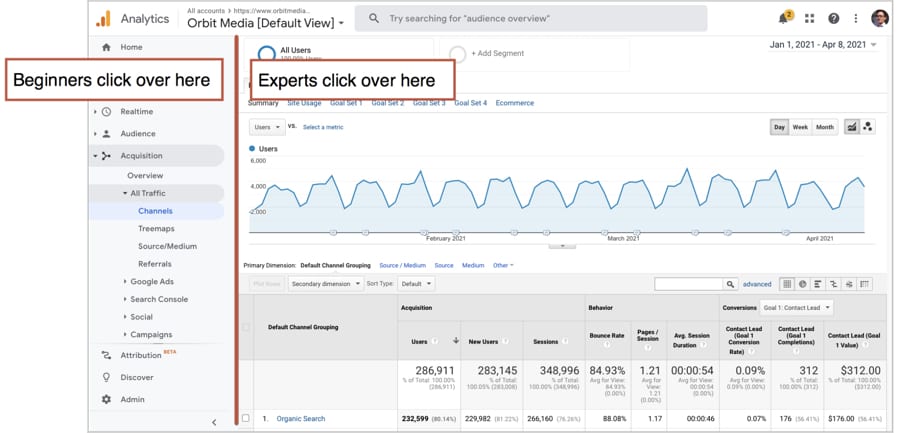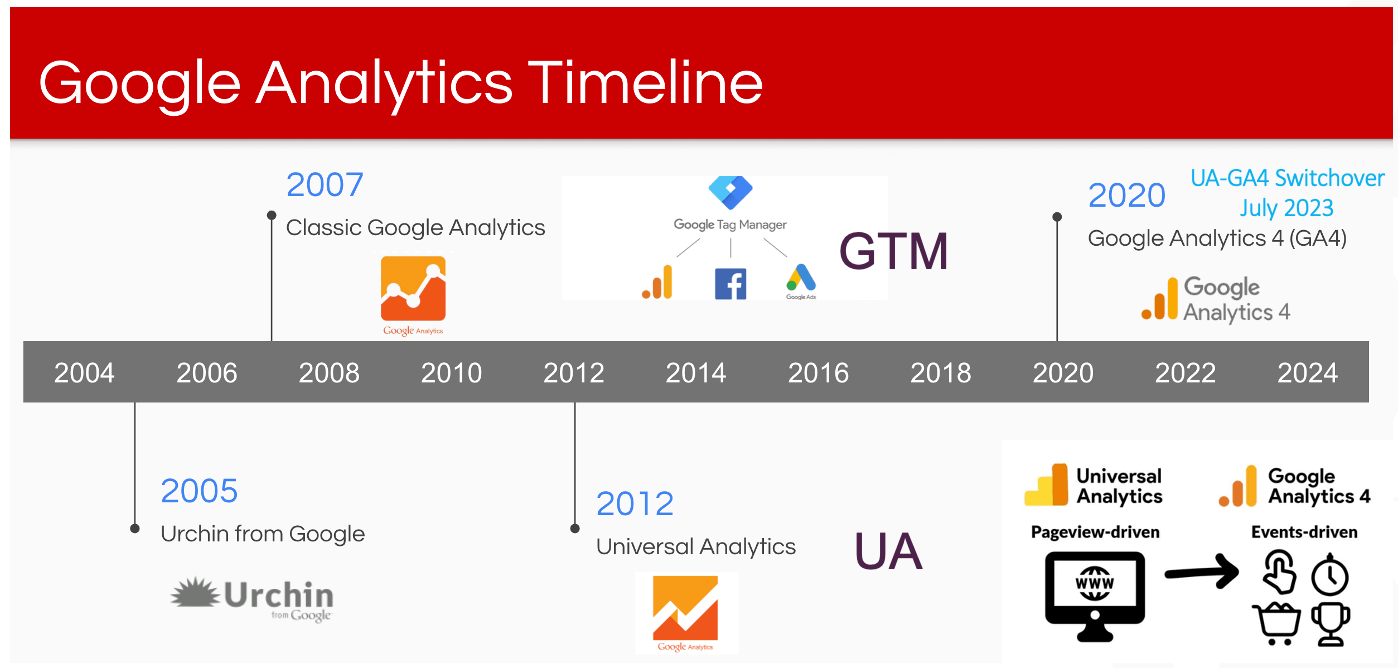Discover When Does the Google Analytics Tracking Code Send an Event Hit to Analytics and Why It Matters
Discover When Does the Google Analytics Tracking Code Send an Event Hit to Analytics and Why It Matters
Blog Article
Master Web Site Insights With Accurate Google Analytics Monitoring Code
The reliable utilization of Google Analytics hinges on the specific application of its monitoring code, a fundamental step usually neglected by web site owners. What are the usual challenges that could undermine your tracking efforts, and how can you make sure precision in your approach?
Understanding Google Analytics Essentials
Google Analytics is a vital device for site owners and marketing professionals, supplying very useful understandings right into user behavior and site performance. At its core, Google Analytics accumulates information regarding visitors to a website, enabling users to assess metrics such as web traffic sources, user involvement, and conversion prices. Understanding these basics is important for enhancing a web site's effectiveness and improving individual experience.
The platform utilizes cookies to track interactions, taping information such as page views, session periods, and bounce rates. This details is aggregated and offered via personalized control panels, making it possible for users to picture patterns with time. Key efficiency indications (KPIs) can be monitored, such as the overall number of users, brand-new versus returning visitors, and the geographical circulation of the target market.
Furthermore, Google Analytics offers segmentation functions, enabling users to separate particular web traffic sources or customer demographics for even more targeted evaluation. By understanding these fundamental elements, site owners can make informed decisions concerning material technique, advertising projects, and total website improvements. Ultimately, understanding Google Analytics essentials is crucial for leveraging data to drive growth and attain service objectives successfully.
Establishing Your Monitoring Code

Duplicate the given monitoring code and paste it into the HTML of your site. This guarantees that the tracking code lots prior to any type of various other web content, enabling it to capture data precisely.
After setup, validate that the tracking code is operating correctly by utilizing Google Tag Assistant or the Real-Time records in Google Analytics - when does the google analytics tracking code send an event hit to analytics?. This step is necessary to validate that your information collection is energetic and accurate, establishing the structure for informative evaluation
Usual Monitoring Code Issues
Several internet site owners experience typical problems with their Google Analytics tracking code that can hinder information collection and evaluation. One common problem is incorrect setup. This may happen when the tracking code is positioned in the wrong area of the website's HTML, often resulting in incomplete or absent data. Furthermore, having several instances of the monitoring code on a solitary page can result in filled with air metrics, as individual interactions might be counted greater than as soon as.
An additional issue develops from using ad blockers, which can stop the tracking code from performing altogether, therefore skewing information. when look at this web-site does the google analytics tracking code send an event hit to analytics?. Furthermore, failing to set up filters appropriately can bring about the exclusion of essential web traffic sources or the addition of unwanted reference spam, distorting the information collected
Site proprietors might likewise neglect the importance of tracking code updates, especially when migrating to Google Analytics 4 (GA4) from Universal Analytics. Finally, insufficient screening before releasing adjustments can result in undiscovered errors in the tracking code, additionally complicating information integrity. Resolving these common concerns is essential for guaranteeing accurate monitoring and insightful analytics.
Studying Internet Site Data Properly
Exact information collection is just the initial step in leveraging Google Analytics; the real worth exists in properly evaluating that information to drive informed decision-making. To accomplish this, it is vital to recognize crucial efficiency indicators (KPIs) that align with your company objectives. Focus on metrics such as conversion prices, user involvement, and web traffic sources, as these will certainly provide understandings into user behavior and the total efficiency of your web site.
Making Use Of Google Analytics' segmentation attributes allows for a much deeper understanding of your audience. By breaking down information right into certain demographics, behaviors, and web traffic networks, you can discover trends and patterns that educate targeted methods. Implementing personalized records and control panels can streamline this procedure, enabling fast accessibility to relevant information.
Additionally, consistently reviewing information trends in time assists to identify abnormalities and possibilities for renovation. Make use of visualization tools to present information in a quickly digestible format, facilitating more reliable communication with stakeholders. Eventually, the capacity to assess web site information properly empowers organizations to make strategic decisions that improve user experience, optimize marketing efforts, and drive growth.

Ideal Practices for Accurate Tracking
Carrying out reliable monitoring methods is critical for obtaining reliable information in Google Analytics. To ensure exact tracking, start by correctly setting up the Google Analytics tracking code on every page of your web site. This can be accomplished via a tag manager or by straight embedding the code right see here now into the HTML.
Following, configure your Google Analytics account to exclude interior website traffic. This can be done by establishing filters that determine and remove visits from your organization's IP address, thus preventing skewed data. Additionally, use occasion tracking to monitor certain individual interactions, such as downloads or video plays, which typical page views may neglect.
Routinely investigate your tracking configuration to verify that all attributes, such as objectives and ecommerce tracking, are functioning properly. Establish a consistent naming convention for your campaigns and events to help with simpler reporting and analysis.
Finally, think about leveraging UTM specifications for campaigns to acquire insights into the performance of different advertising efforts. By complying with these ideal techniques, you can boost the precision of your information collection and evaluation, ultimately causing more informed decision-making for your web site.
Final Thought
Accurate implementation of the Google Analytics tracking code is essential for mastering web site insights. By making certain the tracking code is correctly placed and routinely examined, internet site proprietors can catch crucial user interaction data, therefore facilitating the recognition of crucial performance indicators. Reliable analysis of this data, integrated with adherence to best techniques, allows educated decision-making and the optimization of on the internet approaches. Eventually, a durable tracking framework boosts the capability to drive interaction and improve total web site performance.

Not enough testing prior to releasing modifications can result in unnoticed errors in the monitoring code, better making complex data reliability.Implementing reliable tracking practices is crucial for getting trusted information in Google Analytics. By guaranteeing the tracking code is properly positioned and routinely audited, internet site owners can capture crucial user communication data, hence assisting in the identification of vital performance indications.
Report this page